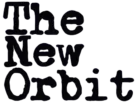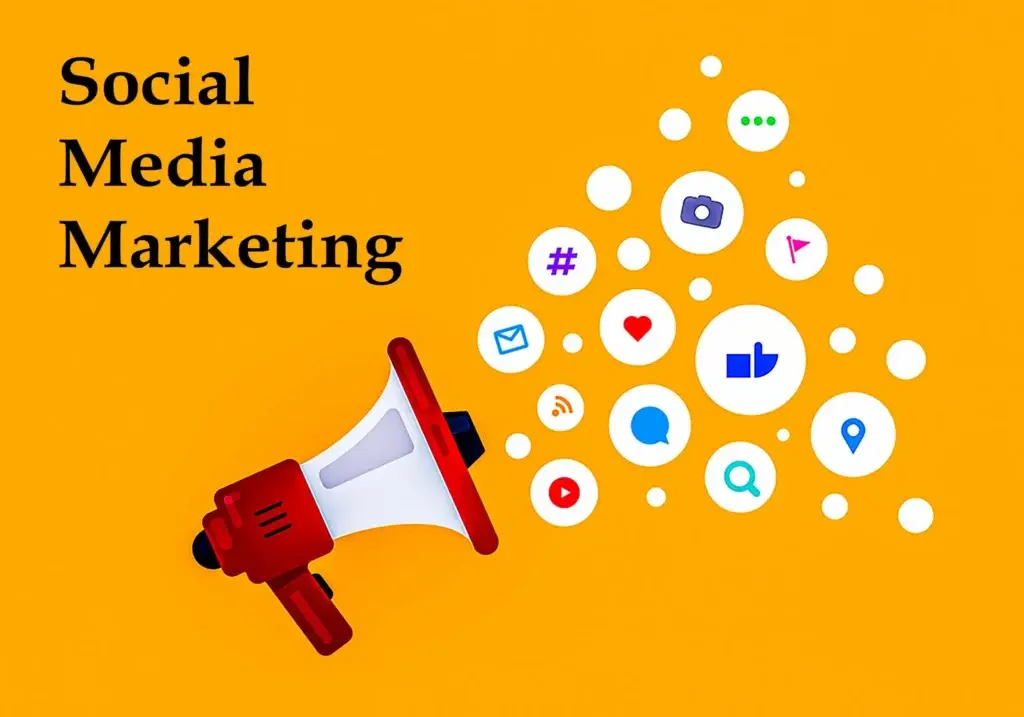Why Your Local Business Needs It (More Than You Think)
– Digital Marketing 101 Series –
Hey there, fellow business owner! Are you feeling that familiar pinch? Maybe you’re relying heavily on foot traffic and word-of-mouth, which is great… until it isn’t. Perhaps you’re seeing those big-box stores or online giants encroaching on your territory, your customers. It’s a tough landscape out there, and let’s be honest, hoping for the best isn’t a strategy.
That’s where digital marketing comes in. And no, it’s not just for tech startups or massive corporations. It’s actually more crucial for local, brick-and-mortar businesses like yours. Think of it as your 24/7, always-on salesperson, reaching the right people at the right time, right in your neighborhood.
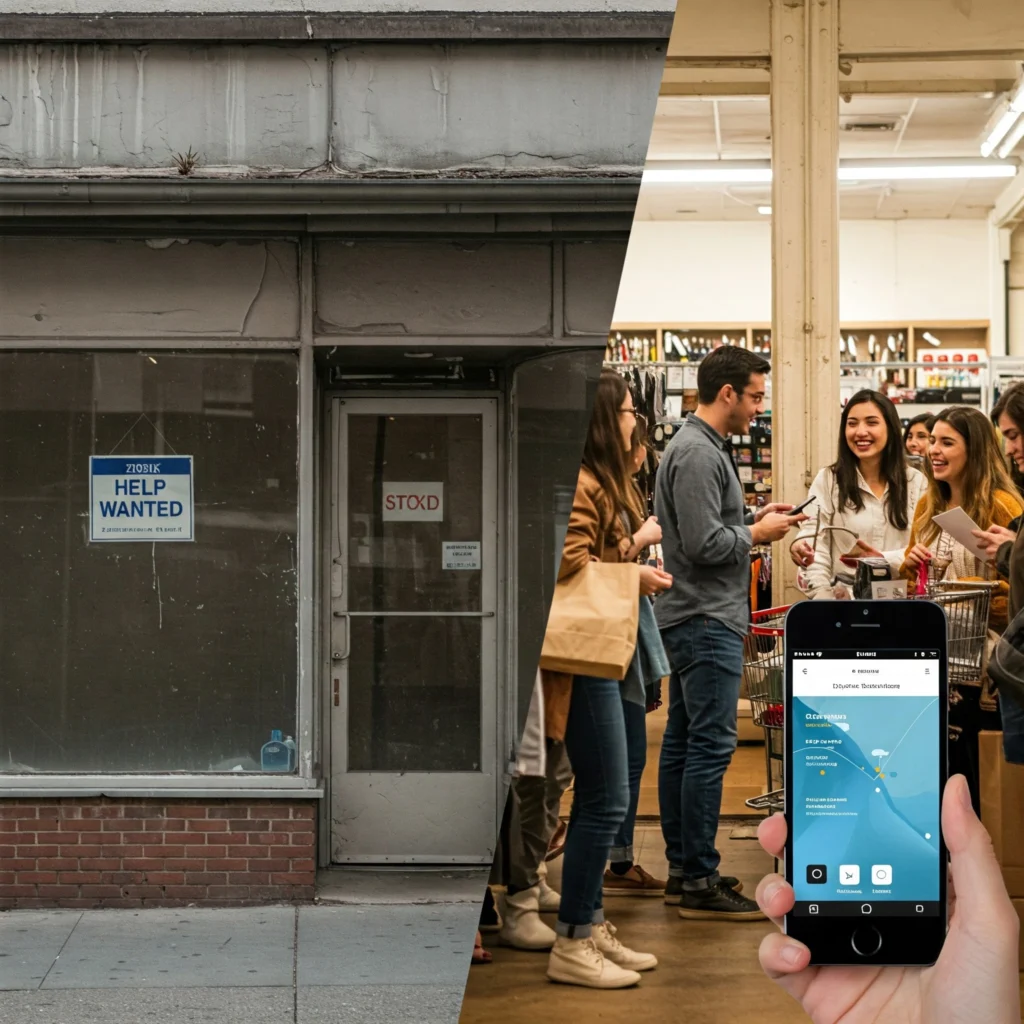
The “Old Way” vs. The “New Way” (It’s Not That New Anymore!)
Remember the days of placing an ad in the local newspaper, printing a bunch of flyers, or maybe even sponsoring the Little League team? Those were (and still can be, in some cases) valid methods. But they have limitations:
– Shotgun Approach: You’re hoping the right people see your ad among a sea of others. It’s like fishing with a giant, leaky net.
– Hard to Track: How many people actually came to your store because of that newspaper ad? It’s tough to say, right?
– Limited Reach: You’re confined to the circulation of that newspaper or the people who happen to walk by your flyers.

Digital marketing flips the script:
– Laser Targeting: You can reach people based on their location, interests, demographics, even their online behavior. Want to target dog owners within a 5-mile radius who are interested in organic pet food? You can do that!
– Crystal-Clear Results: You can track exactly how many people saw your ad, clicked on it, visited your website, and even made a purchase. No more guesswork!
– Wider Net (The Right Kind): You’re not limited by geography. You can reach potential customers who are actively searching for what you offer, even if they’re a few blocks away and haven’t stumbled upon your shop yet.
Why Digital Matters Especially for Local Businesses
Let’s break down why this is a game-changer for businesses like yours:
Local Search is King (or Queen!)
Think about how you find a local business. Do you pull out the Yellow Pages? Probably not. You grab your phone and Google something like “best pizza near me” or “shoe repair shop open now.”
This is called a “local search,” and it’s how a huge percentage of your potential customers are finding businesses. If you’re not showing up in those search results, you’re practically invisible.
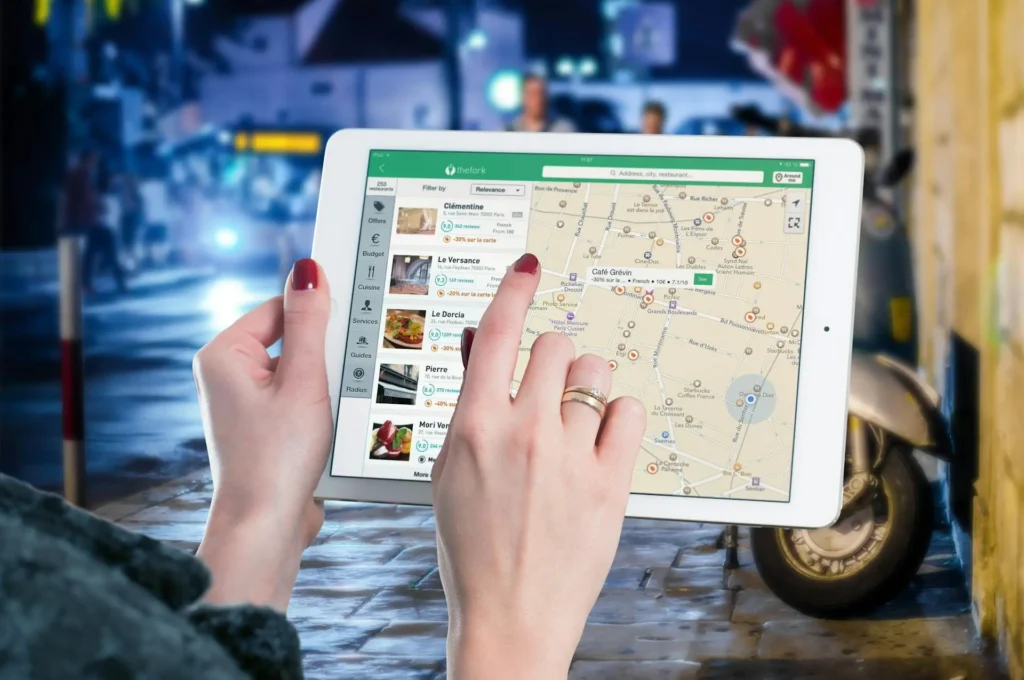
Targeted Reach: Find Your People
Imagine you own a vintage clothing store. With traditional advertising, you might reach a broad audience, but only a small fraction are actually interested in vintage clothes.
With digital marketing, you can target:
– Location: People within a specific radius of your store.
– Interests: People interested in vintage fashion, thrifting, sustainable clothing, etc.
– Demographics: Age, gender, income level (if relevant to your target market).
– Behaviors: People who have recently visited other vintage clothing websites or interacted with related social media pages.
This means your advertising dollars are spent reaching the most likely customers, not just anyone.
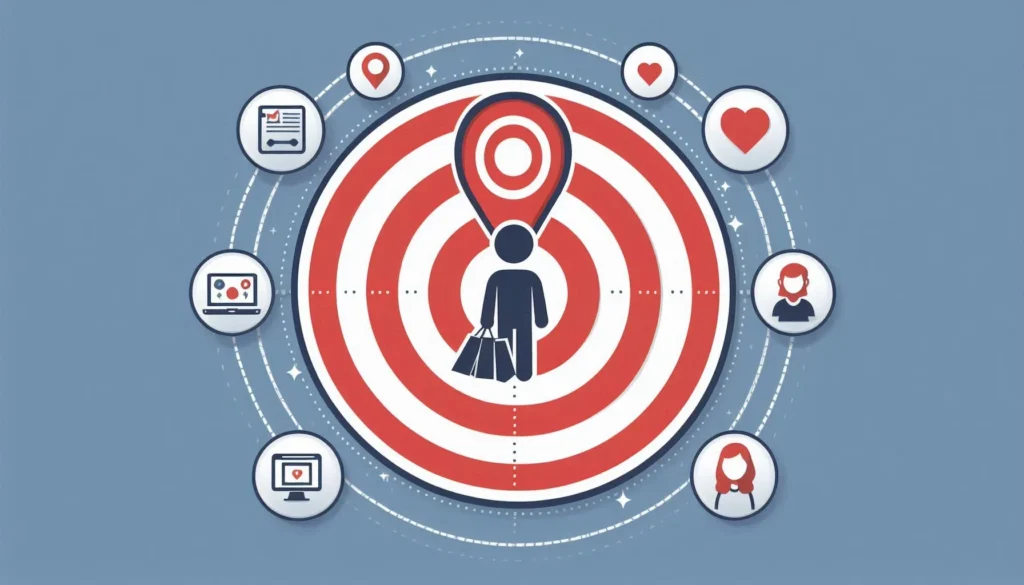
Cost-Effectiveness: Big Impact, Small Budget
Let’s be real, most small businesses don’t have massive marketing budgets. A single print ad in a major newspaper can cost thousands of dollars, with no guarantee of results.
With digital advertising, you can:
– Start Small: You can run targeted social media campaigns for as little as $5-$10 per day.
– Pay-Per-Click (PPC): With platforms like Google Ads, you only pay when someone clicks on your ad.
– Scale Up: As you see results, you can gradually increase your budget.

Measurable Results: Know What Works (and What Doesn’t)
This is perhaps the biggest advantage of digital marketing. You can track everything.
– Website Visits: How many people are coming to your website from your online efforts?
– Leads: How many people are filling out contact forms, calling you, or signing up for your email list?
– Sales: How many online purchases are directly attributed to your digital campaigns?
– Return on Investment (ROI): Are you making more money than you’re spending on advertising?
This data allows you to make informed decisions, optimize your campaigns, and constantly improve your results.

Debunking the Myths
Let’s address some common misconceptions:
> “It’s Too Complicated“: While there are advanced techniques, the basics are surprisingly straightforward. There are tons of user-friendly tools and resources available (and that’s what this blog series is for!).
> “It’s Only for Big Companies“: Absolutely not! Digital marketing levels the playing field, allowing small businesses to compete with larger ones.
> “It’s Too Expensive“: As we’ve seen, you can start with a very small budget and scale up as you see results.
Case Study: The Little Bakery That Could
Let’s imagine “Sweet Surrender Bakery,” a small, family-owned bakery in Austin, Texas. They were struggling to compete with larger chain bakeries and grocery stores. They decided to give digital marketing a try.
Google Business Profile: They claimed and optimized their Google Business Profile, adding photos, hours, and a menu.
Local SEO: They focused on keywords like “best cupcakes Austin,” “custom cakes Austin,” and “bakery near me.”
Social Media: They started posting mouth-watering photos of their creations on Instagram and Facebook, targeting people in their local area.
Targeted Ads: They ran a small Facebook ad campaign promoting their weekend specials to people within a 5-mile radius.
The Results:
Website Traffic: Increased by 40% in the first month.
Phone Calls: Doubled in the first two weeks.
Foot Traffic: Saw a noticeable increase in new customers, many of whom mentioned seeing them online.
Online Orders: Started receiving online orders for custom cakes and cupcakes.
Sweet Surrender Bakery proved that even a small, local business can see significant results with a well-executed digital marketing strategy.

Do This Now!
Don’t wait! Here are three things you can do right now to start your digital marketing journey:
🔍 Google Your Business: Type your business name into Google. What shows up? Is your information accurate? Are there any reviews? This is your first impression online.
📍 Claim Your Google Business Profile: If you haven’t already, go to google.com/business and claim your listing. This is your digital storefront, and it’s free! Fill it out completely, with accurate information, photos, and a link to your website.
💡 Identify Keywords: Create a list of keywords customers would likely search to find your business.
That’s it for Digital Marketing 101! You’ve taken the first step. In the next post, we’ll dive into the world of social media marketing and show you how to turn “likes” into loyal customers. Stay tuned!
